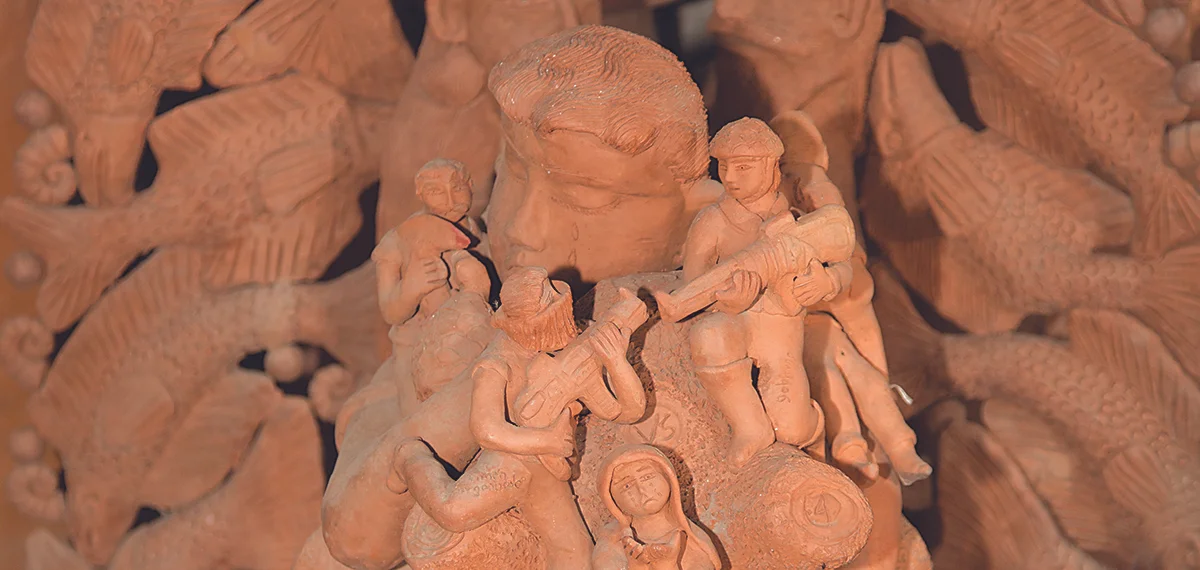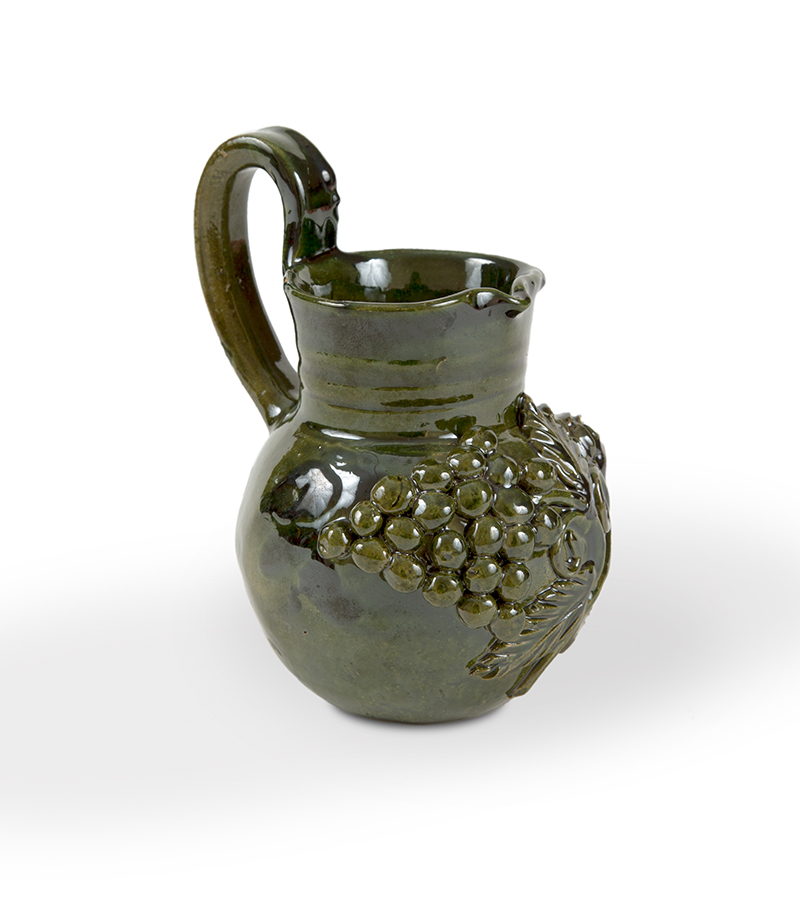The array of ceramics in Oaxaca is truly extraordinary, and can easily fill many volumes. Six principal varieties exist in the pueblos surrounding Oaxaca City:
Black (Barro Negro)
In Oaxaca, black ceramics (barro negro) are produced only in the pueblo of San Bartolo Coyotepec. There is a vast range of quality and style. Some are extraordinary works of art—highly sophisticated collectors’ pieces—treating complex themes or recording pueblo life of the past. Other artists create more modestly priced, but well-designed pieces; some are purely decorative and others are utilitarian, such as vases and bowls.
Terracotta
Ceramics in terracotta range from purely decorative sculptural works to utilitarian pieces. Several families produce outstanding artistic work, each member introducing unique design elements and themes. Some record pueblo life and others express philosophical ideas, myths and fantasies. Most artists who work in this ceramic style are found in Santa María Atzompa, with the exception of one very talented family residing in San Antonino Castillo Velasco.
Multicolor-Glazed
This class of ceramics, necessitating a two-step firing process, was innovated by the late Dolores Porras and her husband, Alfredo Regino. It is now carried on by their many children and grandchildren, as well as by a great number of fellow residents of their pueblo, Santa María Atzompa. Some pieces are of museum quality while others, for sale in abundance in Atzompa’s doorways, are far less ornate and not as well executed. Pieces include decorative figures, as well as objects of daily living such as planters, large urns, and plates. Decorative motifs include stripes, geometric forms, and figures such as mermaids, faces, flowers, fish and animals.
Green-Glazed
This type of ceramics (called loza verde) is the signature of Santa María Atzompa, where its production extends back for many generations. It is used both for domestic and decorative purposes by local residents and tourists. A yellow-colored glaze (greta) is applied which turns a brilliant green when fired.
Painted Red
Painted red ceramics—sculptural pieces beautifully painted in a wide palette of colors—are primarily found in Ocotlán de Morelos where they have been produced by four generations of the Aguilar family. In varying ways, each generation carries on the traditions of their ancestors. In San Antonino del Castillo Velasco, the Valencia family produces work in an entirely different style of painted red ceramics.
Unpainted Red
Utilitarian red clay ceramic pieces, such as casseroles, plates, and mugs, are created in San Marcos Tlapazola. Yellow clay from a nearby mine is initially worked by hand and then painted with red clay found at a higher location; this is often mixed with river sand to create a sparkling effect.








